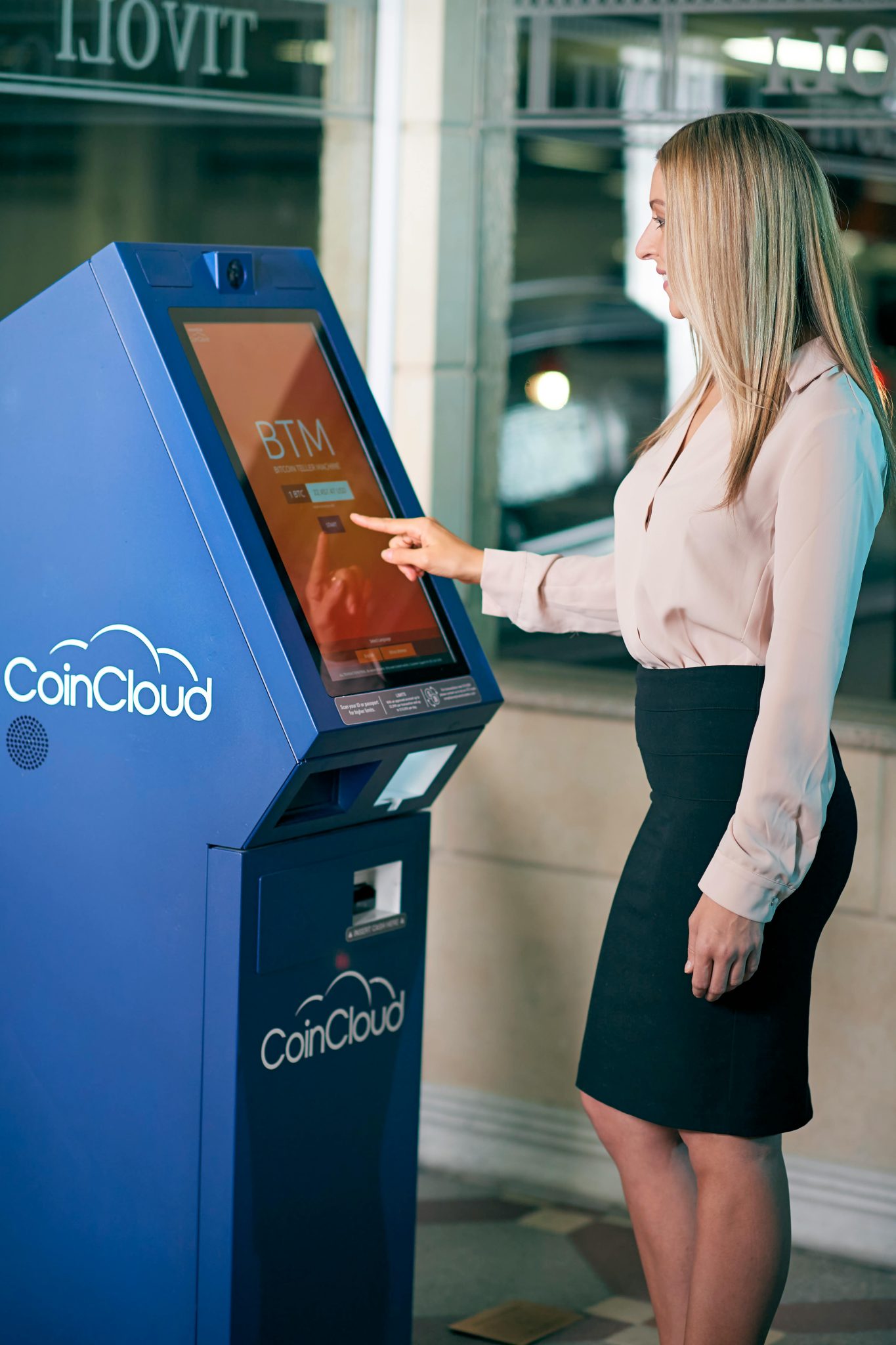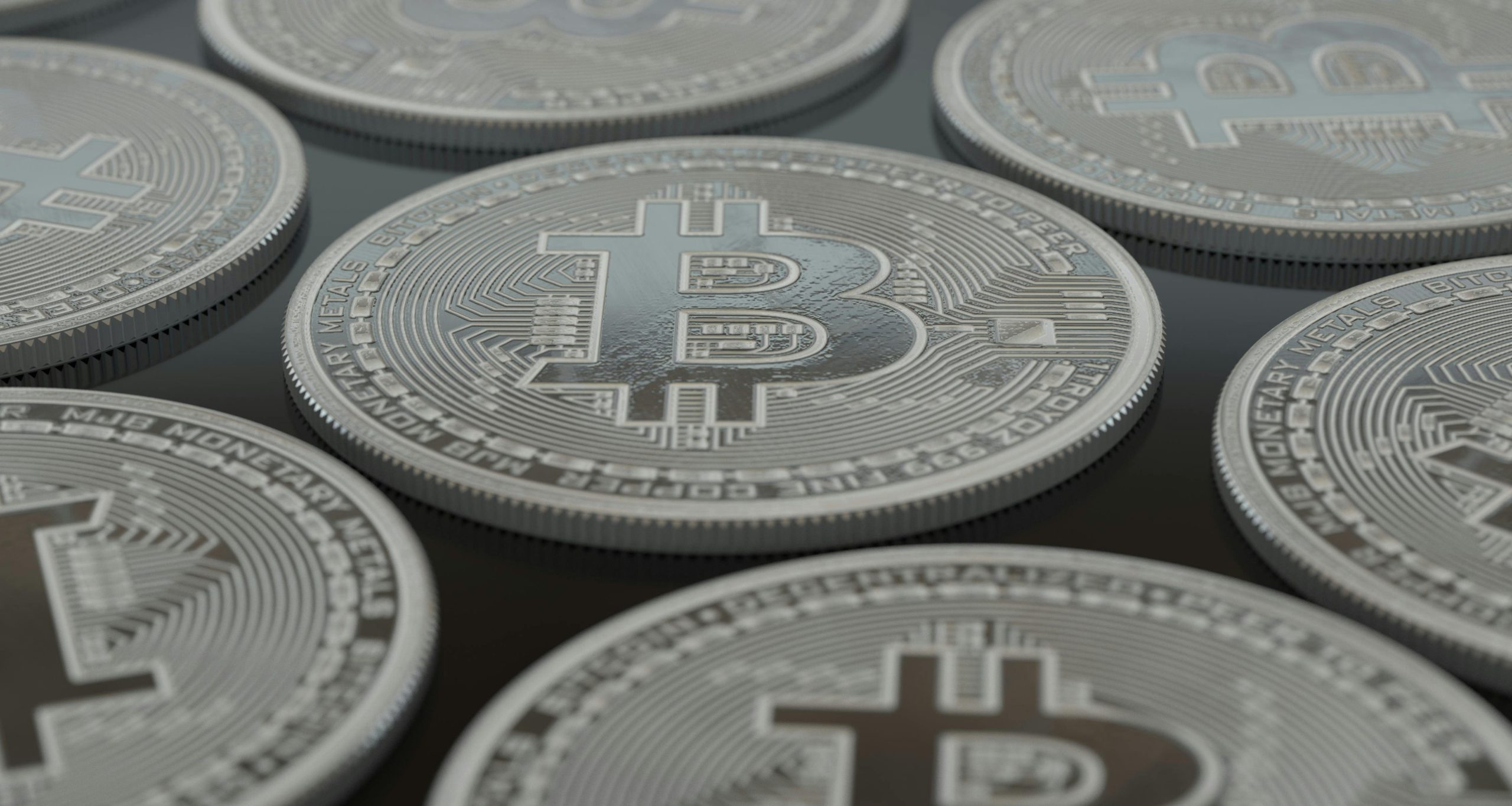
Introduction
In the rapidly evolving real estate landscape, tokenized platforms are emerging as a revolutionary force, poised to transform the way investors and property managers interact with assets. By leveraging blockchain technology, tokenization offers a more efficient, secure, and transparent alternative to traditional real estate models. This article explores the tokenization process, compares traditional and digital frameworks, examines regulatory concerns, and provides case studies to guide stakeholders in navigating this innovative market.
Tokenization Process in Real Estate
Tokenization involves converting real estate assets into digital tokens on a blockchain, representing ownership or shares. This process begins with asset identification, followed by legal and financial structuring to ensure compliance. Smart contracts automate transactions, increasing efficiency, while the blockchain ensures transparency and security. Tokenization democratizes access, enabling fractional ownership and broadening the investor base.
Comparing Traditional and Digital Models
Traditional real estate transactions often involve cumbersome processes, high fees, and limited liquidity. In contrast, tokenized platforms offer streamlined operations, reducing intermediaries and transaction costs. Digital models provide enhanced liquidity through secondary markets, allowing investors to buy and sell tokens easily. This comparison highlights the potential of tokenized real estate to reshape the investment landscape.
Regulatory Considerations
Regulation plays a crucial role in the adoption of tokenized real estate platforms. Navigating the complex legal landscape requires understanding securities laws, property rights, and taxation. Jurisdictions vary in their approach, with some embracing innovation while others impose stringent controls. Stakeholders must stay informed about evolving regulations to ensure compliance and mitigate risks in tokenized transactions.
Case Studies
Several successful tokenization projects illustrate the potential of this technology. For instance, a luxury hotel in New York was tokenized, allowing investors to purchase fractional ownership. In Europe, a residential complex utilized tokenization to enhance liquidity and attract international investors. These case studies demonstrate the versatility and global appeal of tokenized real estate, offering valuable insights for potential adopters.
Conclusion
As tokenized platforms continue to gain traction, they promise to revolutionize the real estate industry by enhancing efficiency, transparency, and accessibility. For real estate investors and property managers, understanding the tokenization process, regulatory landscape, and successful case studies is crucial. By embracing this digital transformation, stakeholders can unlock new opportunities and drive growth in a dynamic market.






